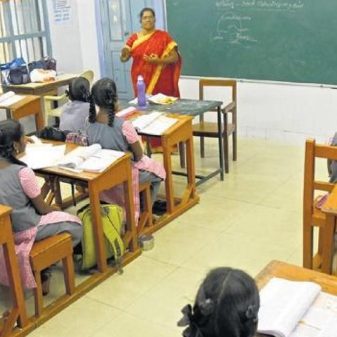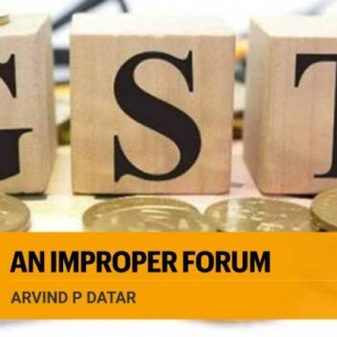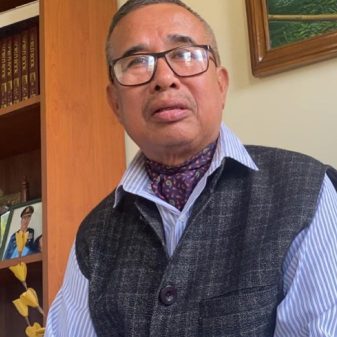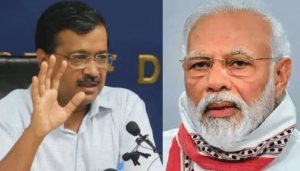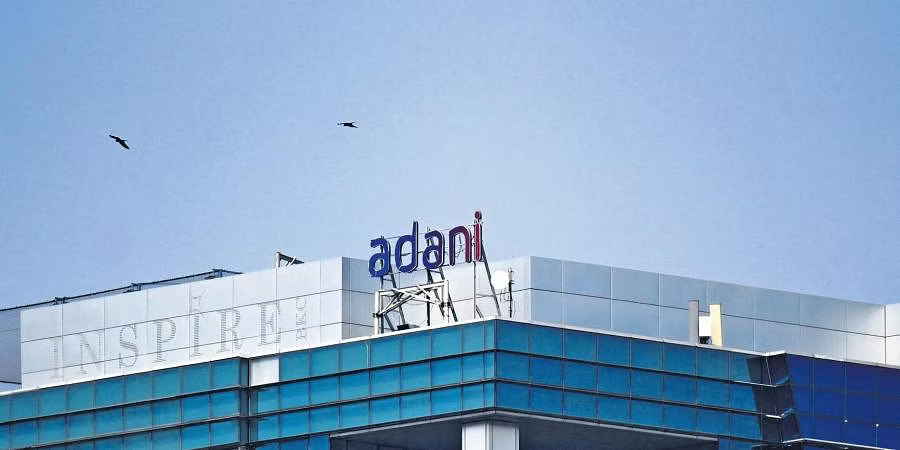
Alam Srinivas
If Adani cannot manage the three issues in the near future, he will go down in corporate history as a shooting star whose stock market blaze lasted for a few years.
In theory, it is a simple plan. The mechanics are highly complex. Gautam Adani needs to ringfence his businesses, blunt ongoing investigations, and garner ammunition to fight his arch-enemy, Hindenburg Research, in the US courts. The add-on dynamics include raising or earning billions of dollars to pare down debt, tweaking the shareholdings in group companies, and hoping that the investigators focus on Hindenburg’s actions that allegedly destroyed the wealth of the retail investors. This three-pronged strategy is in play and will gather pace over the next two to three months.
Many do not realise this blueprint was in place before Hindenburg’s massive attack on January 24, 2023, which unleashed a scathing report against Adani Group.
But after Adani stocks tumbled, the momentum gained urgency. What was earlier a deliberate, well-thought-out proposal to gain credibility among investors became a matter of life and death. If Adani cannot manage the three issues in the near future, he will go down in corporate history as a shooting star whose stock market blaze lasted for a few years.
Consider the issue of debt. Months before the Hindenburg report, Adani Enterprises, the group’s flagship and umbrella company, planned to raise ₹20,000 crore through a follow-on public offering (FPO). A portion of this amount was meant to repay a part of the group’s burgeoning debt. Despite being subscribed—with help from friends and loyalists—the FPO was cancelled, partly because of the bear hammering of Adani shares due to the Hindenburg effect. The valuation meltdown hastened the need to repay the loans to gain investor confidence and assuage the rage of the lenders.
Adani’s personal holdings in group companies backed some of the loans. As share prices rocketed down, he had to offer more shares as collateral and faced huge margin calls. When there is uncertainty over stock prices, it is prudent to prepay such debt. This convinces investors that the group has serious intentions to reduce debt. Less than six weeks after the Hindenburg episode, the Adani Group paid $2.65 billion to lenders. It stated that it had “completed full prepayment of margin-linked, share-backed funding worth $2.15 billion before a (self-imposed) March 31 (2023) deadline”.
However, the debt burden over Adani’s head will not vanish. A few experts feel that the group’s loan exposure is still high. For example, a recent Bloomberg report contends that Adani Power’s plant in Mundra has “more liabilities than assets and has run up $1.8 billion of losses”. The Bloomberg article charged that the group has deployed more than $1 billion of creative debt-finance to paper over the deficit. The purpose is to shield Adani Power from “extraordinary write-offs, regardless of the (Mundra) unit’s losses”. Such future write-offs, if required, can lead to “cascading ramifications”.
Given this precarious debt situation, the group still requires a cash influx. There were rumours that a sovereign wealth fund would invest $3 billion, which the group denied. Then came the shocking surprise. Rajiv Jain, co-founder of GQG Partners, a US-based entity with assets under management of more than $90 billion, walked in as a knight in shining armour. In a single swoop, in a single day, he spent $1.9 billion to pick up 3.4% of Adani Enterprises, 4.1% of Adani Ports, 2.5% of Adani Transmission, and 3.5% of Adani Green Energy.
Jain said he did not know Gautam Adani, but his team tracked the group for five years. Earlier, the valuations were unattractive and hovered in “no man’s territory”. There is long-term value, and he expects returns in the mid-to-high teens. He feels assets like the Mumbai airport, the monopoly in power transmission and distribution in Mumbai, and the largest Indian port are “irreplaceable” and “fantastic”. In the past, GQG purchased Indian stocks during downturns in 1998 (nuclear sanctions by the US) and 2004 (national elections).
What is crucial is that GQG bought the shares from Adani’s personal kitty and not from the market. Hence, the purchases enabled Adani to reduce his holdings in the four companies. This is vital, given one of the main charges by Hindenburg. The short-seller alleged that it had traced entities in tax havens, which held huge stakes in listed Adani firms, and were related to Gautam Adani’s brother, Vinod. But these facts were not disclosed. In effect, the promoters’ stakes in several listed firms exceeded the legal limit of 75%.
If the ongoing investigations find that these entities are related to Adani, he will be in trouble. In Adani Enterprises, his declared holding was 74.92% in March 2022. With the stake sales to GQG, the Adani parent and other firms can feel safe. They can claim that they made a mistake earlier if it is proved the 75% threshold was crossed but have corrected the situation due to lower holdings now. This may blunt the impact of the investigations. The Adani Group recently admitted that Vinod Adani was one of the promoters. (The FPO would have achieved the same objective, but only for Adani Enterprises.)
The Supreme Court instructed SEBI, the stock market regulator, to find out if Adani Group violated the 75% rule and if there was a failure to report a few related-party deals. SEBI told the apex court that it was “enquiring into both, the allegations made in the Hindenburg report as well as the market activity immediately preceding and post the publication of the report”. The latter is to check fraudulent activities, insider trading, and short selling.
Adani will hope that SEBI focuses more on the wrongdoings by the short sellers like Hindenburg. He wishes that the five-member expert committee SC appointed to investigate the Adani affair explores “relevant causal factors which have led to volatility in the securities market” rather than the “alleged contraventions of laws… in relation to the Adani Group”. In any case, the two ongoing investigations may provide Gautam Adani with legal ammunition to drag Hindenburg to the US courts.
(The writer is an Independent journalist and author)( Courtesy: The New Indian Express)

